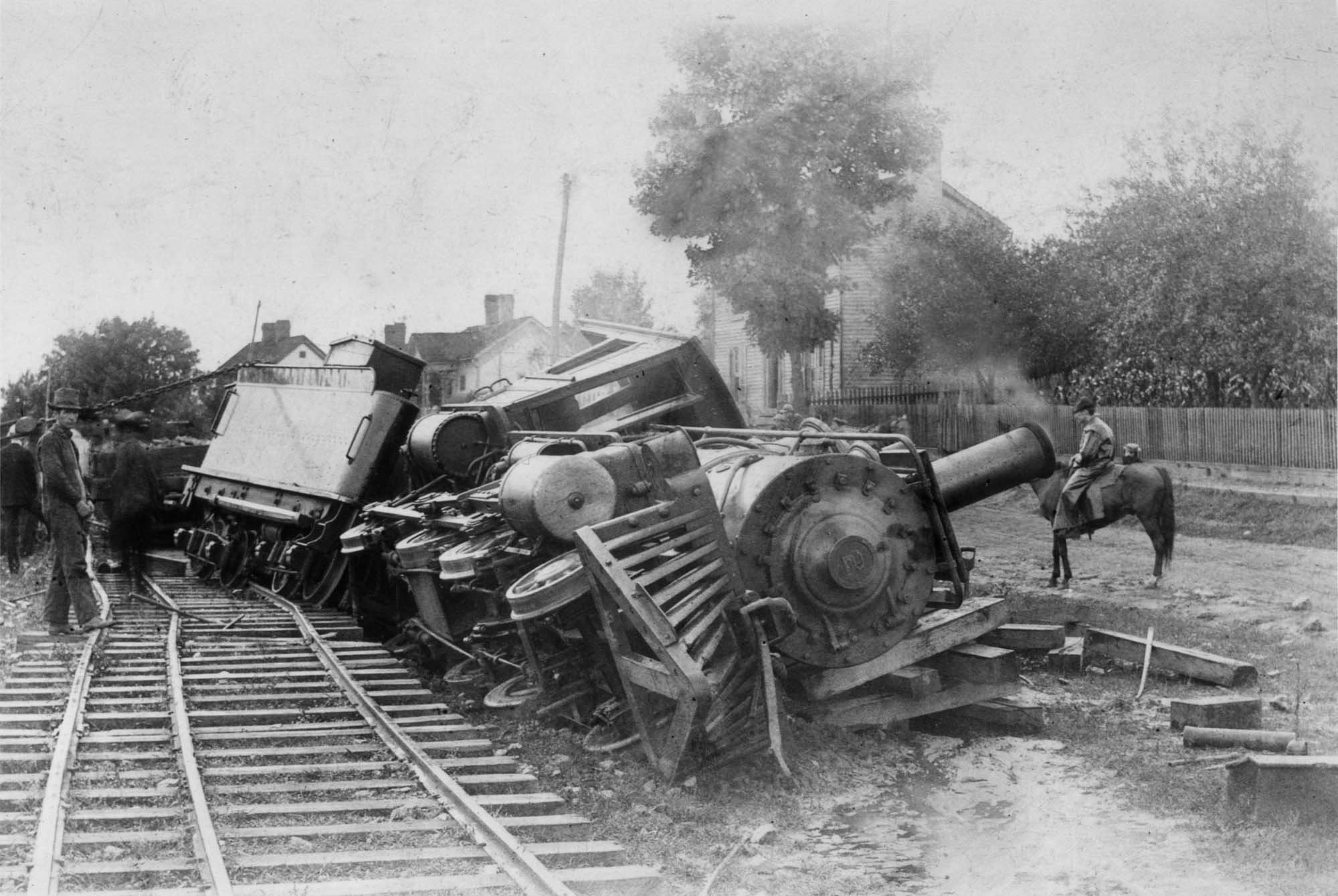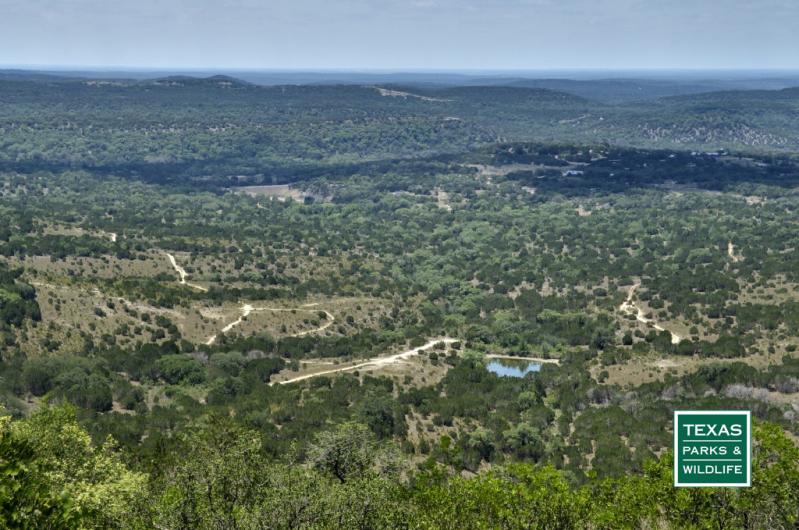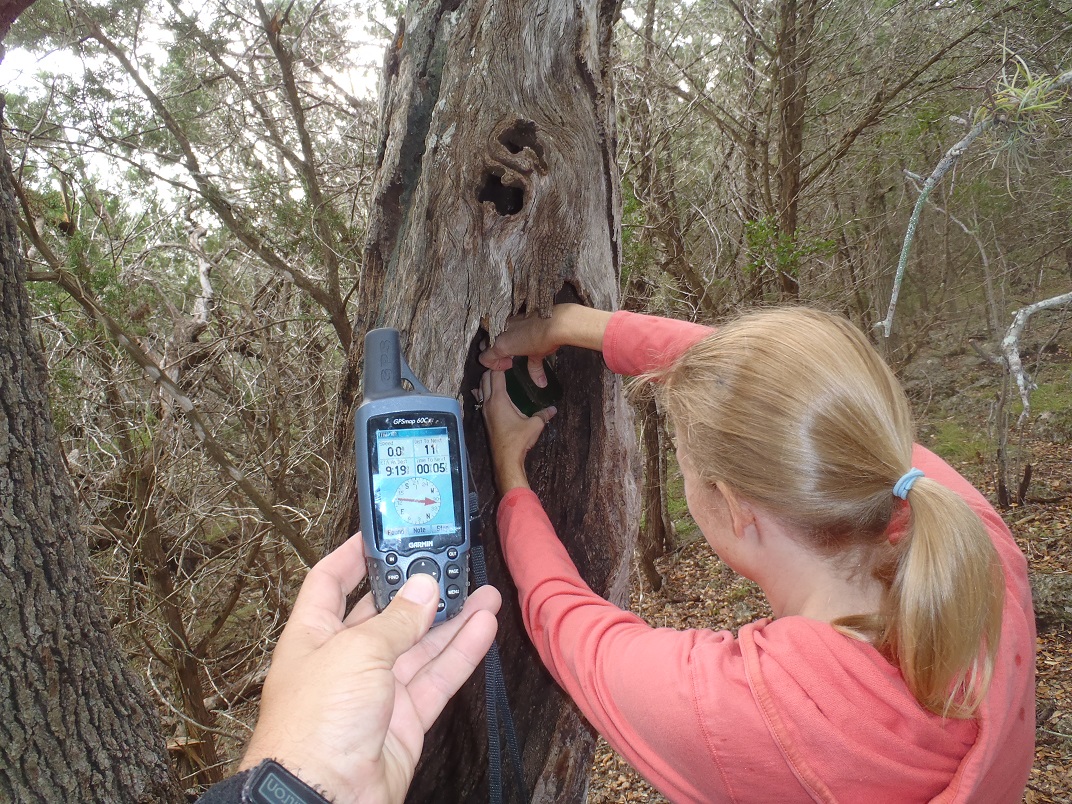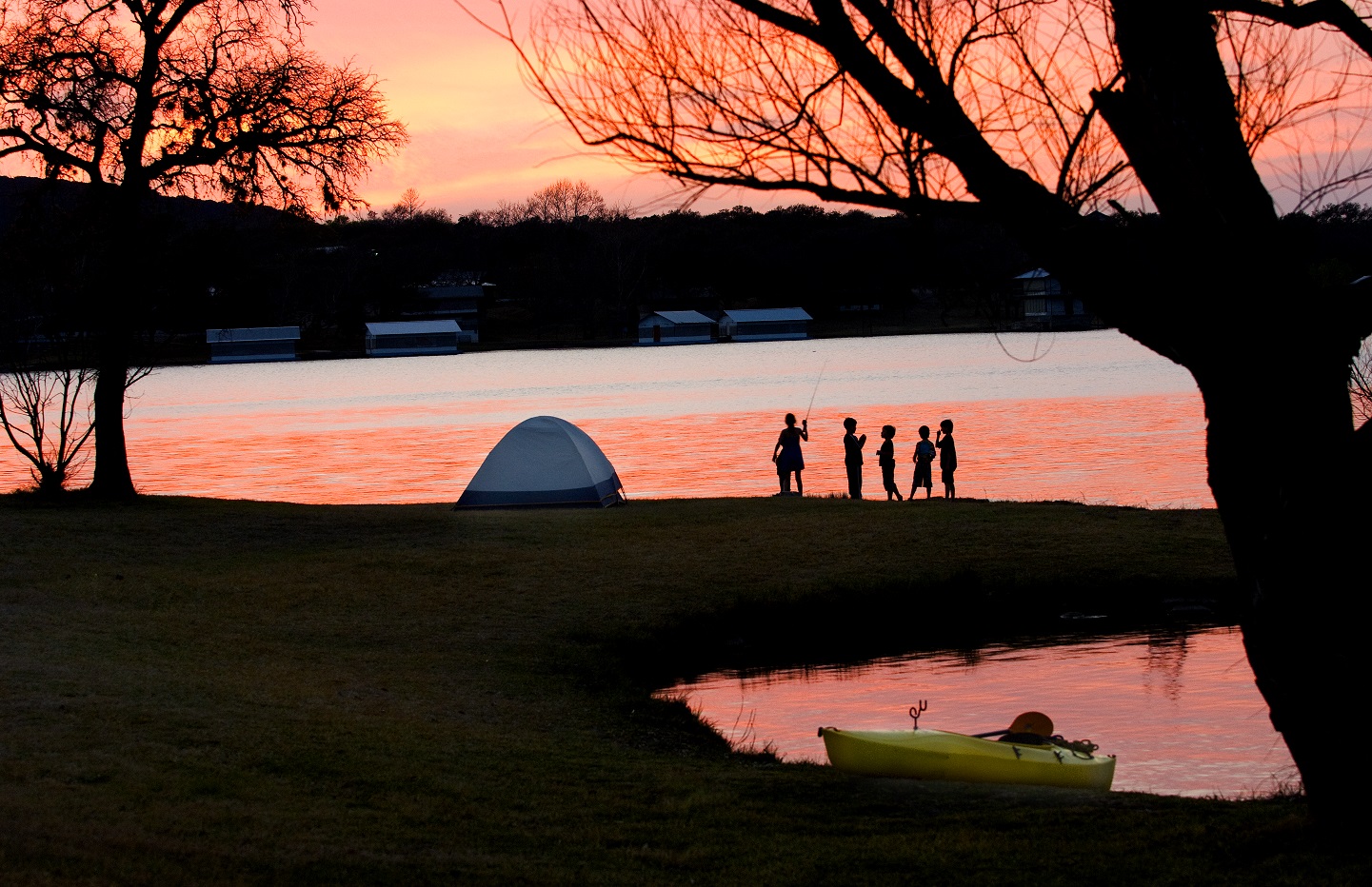History: William George Hughes
Tuesday, September 30th, 2014This is Passport to Texas
Englishman, William George Hughes came to America after the Civil War; he was 18 and penniless. He settled in the Boerne area, found work, and eventually saved enough money to buy land where he raised sheep and goats.
07—He’s the American Dream in a way; he came over penniless and managed to make a nice life for himself and his family.
Historian, Jennifer Carpenter says Hughes was an entrepreneur and natural leader.
15—So, he definitely left an impact on the economy; he founded a stagecoach company that ran between Boerne and Bandera County. He was a civic leader for the area. And, I think if he had lived a little bit longer he probably would have become one of the preeminent ranchers of the area.
Hughes died tragically in a train accident transporting his livestock. He was only 42.
24—He would travel around the country selling them, or making sure people were aware of his ranch and what he offered. And, I guess he traveled pretty close to his animals. He would be in one of the car s with them. And he was on his way to Paducah, KY – I believe – enroute in Illinois, and apparently his train collided with another. And he was asleep at the time – at least that’s what the news report led me to believe. The impact caused him to die instantly.
The animals survived. His wife settled his estate, sold the ranch, and moved with their three children to the east coast.
Learn more about other early Texans on the Texas Parks and Wildlife website.






 Passport to Texas is a
Passport to Texas is a  Passport to Texas is made available by:
Passport to Texas is made available by: